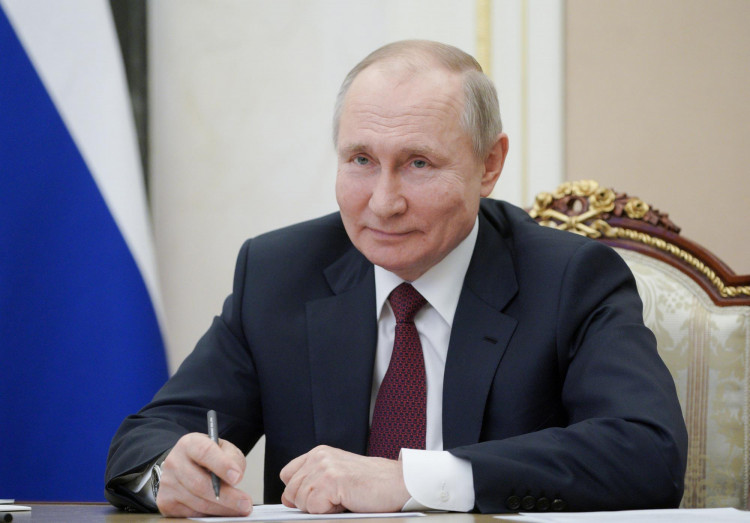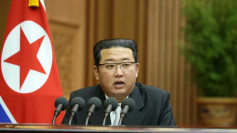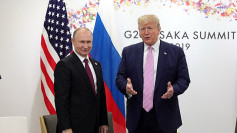While the United States and Russia retain nuclear equality, Russia is the world leader in new weapons development, Russian President Vladimir Putin stated Monday.
"However, in terms of sophisticated advancements, we are unquestionably the leaders," Putin said, adding that Russia is also the world leader in terms of the scale of its conventional weapon upgrades.
Putin stated that other foreign powers would eventually obtain similar hypersonic weaponry.
Additionally, the Russian leader disclosed that they not only modernize existing assets, but also construct new ones. In this regard, "we may assert that we are the world's leader in this field," Putin said in quotes by Russian television Rossiya 1.
Putin announced this month that Russian Zircon hypersonic cruise missile testing are nearing completion and that deliveries to the navy will begin in 2022.
The initiative is part of Moscow's effort to edge ahead of the U.S. and others in the race to deploy the next generation of long-range missiles that are more difficult to detect and intercept.
While some Western analysts have questioned Russia's new generation of weapons, they acknowledge that the combination of hypersonic missiles' speed, mobility, and altitude makes them challenging to track and intercept.
In the high atmosphere, they fly at more than five times the speed of sound, or around 6,200 kilometers per hour (3,850 mph). Although this is slower than an intercontinental ballistic missile, this form of a hypersonic glide vehicle enables it to navigate toward or away from a target.
For decades, the U.S. military - and its opponents - have wanted to build hypersonic weapons, which can fly at Mach 5 or greater. When intercontinental ballistic missiles re-enter the atmosphere from space, they fit that criterion.
However, because they follow a known ballistic trajectory, similar to that of a bullet, they lack the element of surprise. By comparison, hypersonic weapons, like China's "Wave Rider," maneuver aerodynamically, allowing them to avoid defenses and keep an adversary guessing about the target.
This new arms race has the potential to upend geopolitical calculus. Russian authorities have framed nuclear-armed hypersonic craft as a buffer against the U.S.' future ability to shoot down ICBMs, which might undermine nuclear deterrence.
There are now super-fast missiles under development that are being sold for tens of millions of dollars each. The Pentagon said in October that it wanted defense contractors to cut the cost of hypersonic weapons.
Meanwhile, Russia's military expenditures are significantly lower than those of the U.S. Russia spent $62 billion on military expenditures in 2020, compared to the U.S.'s $778 billion, World Bank figures showed.






